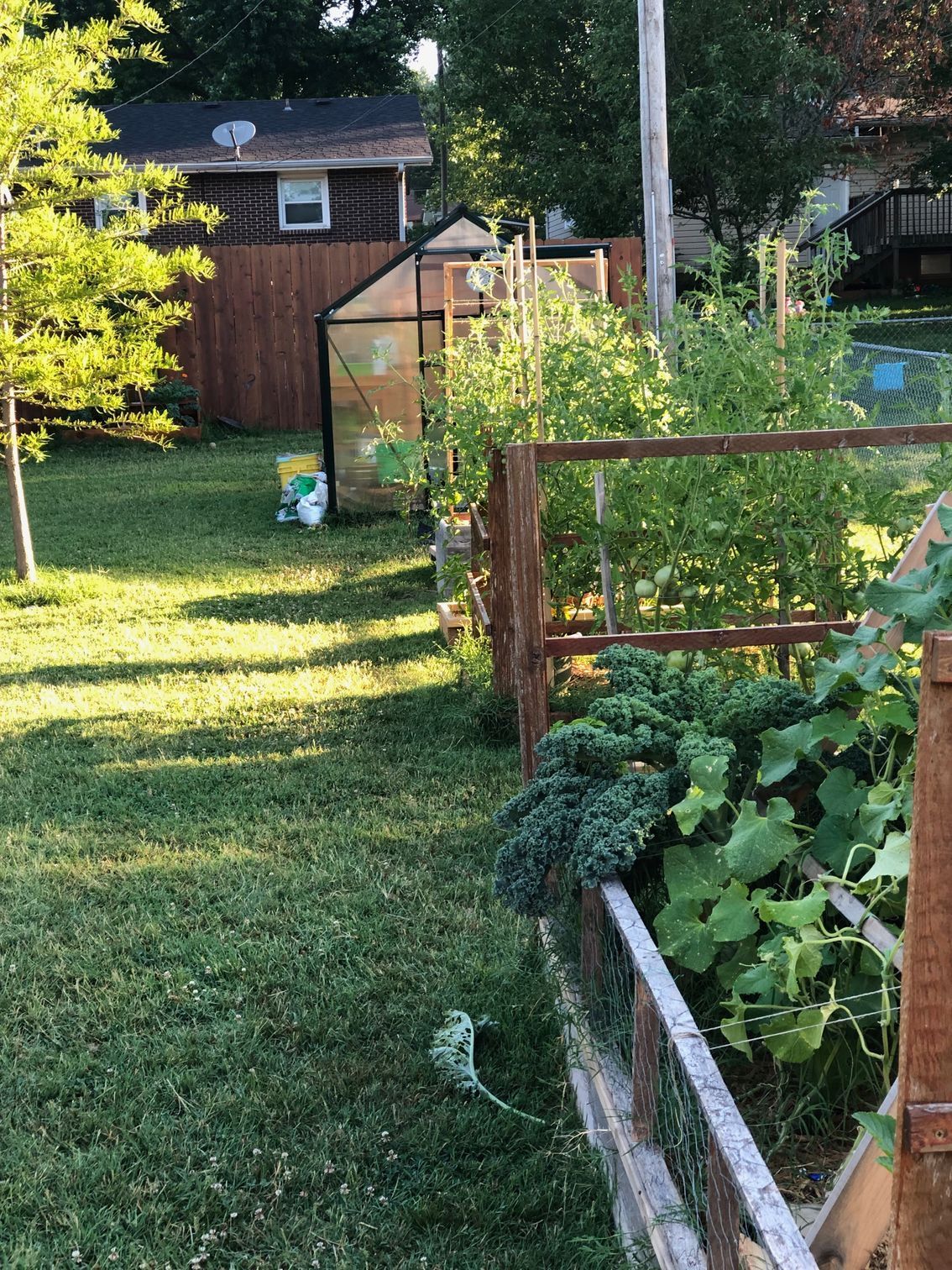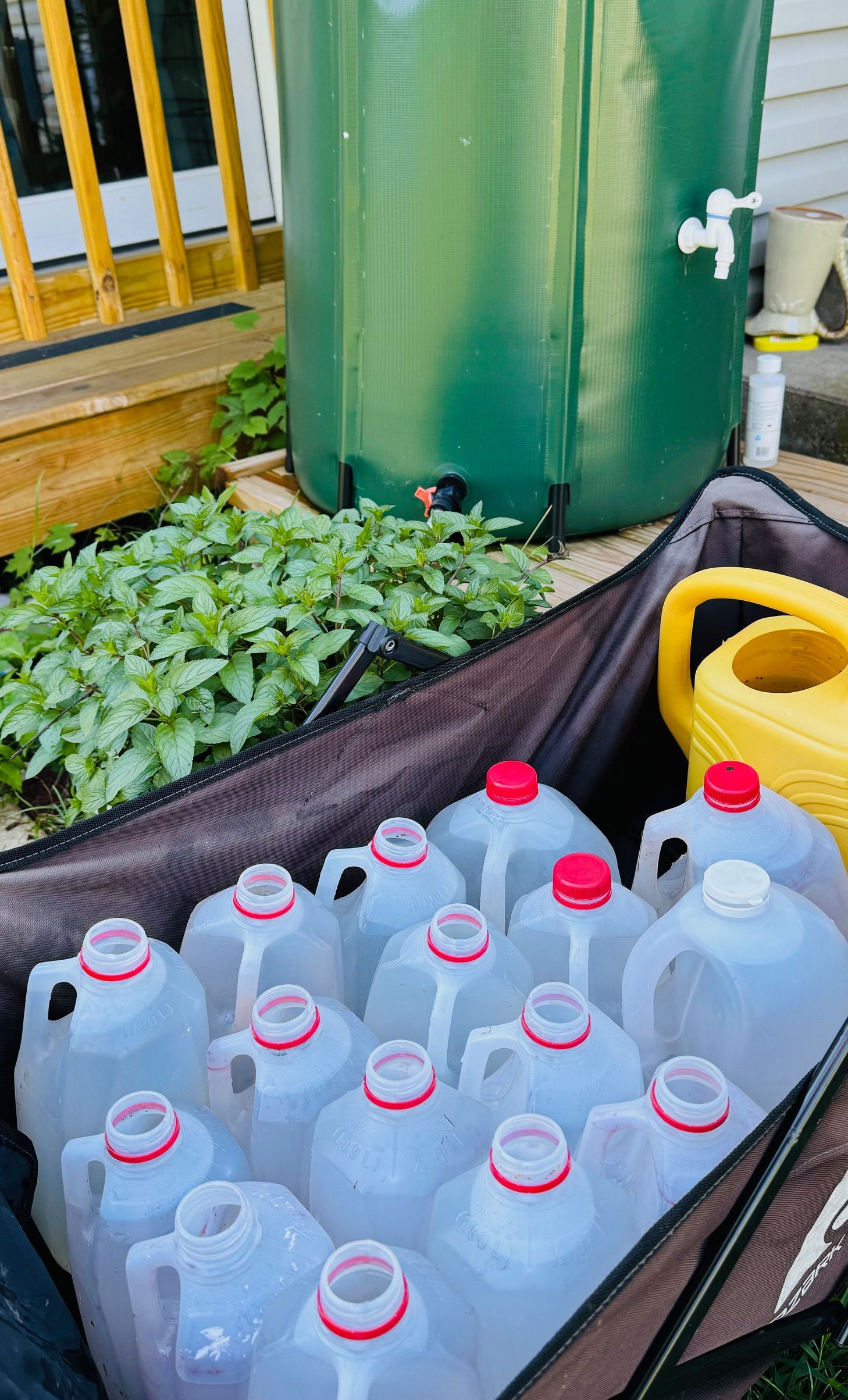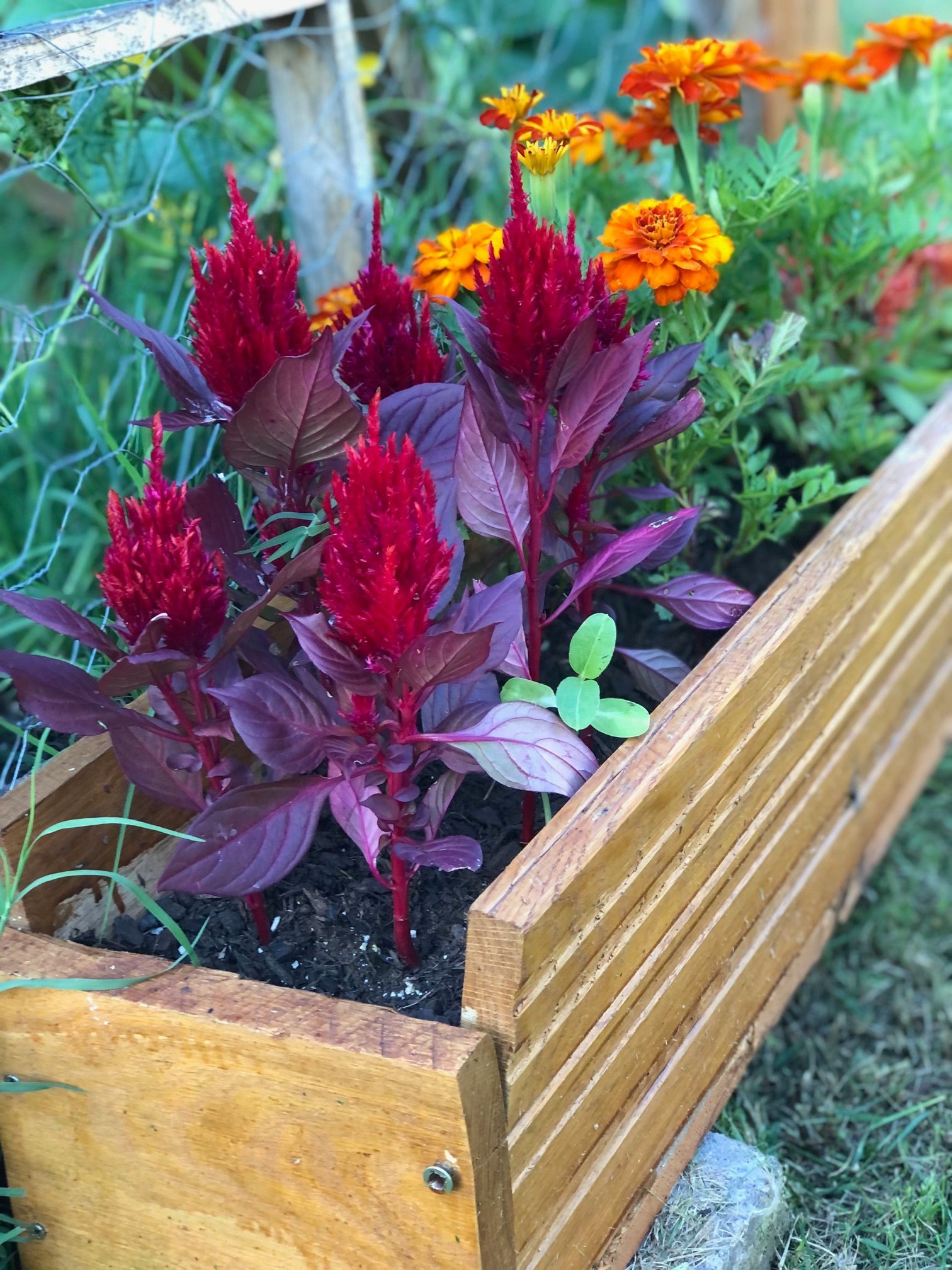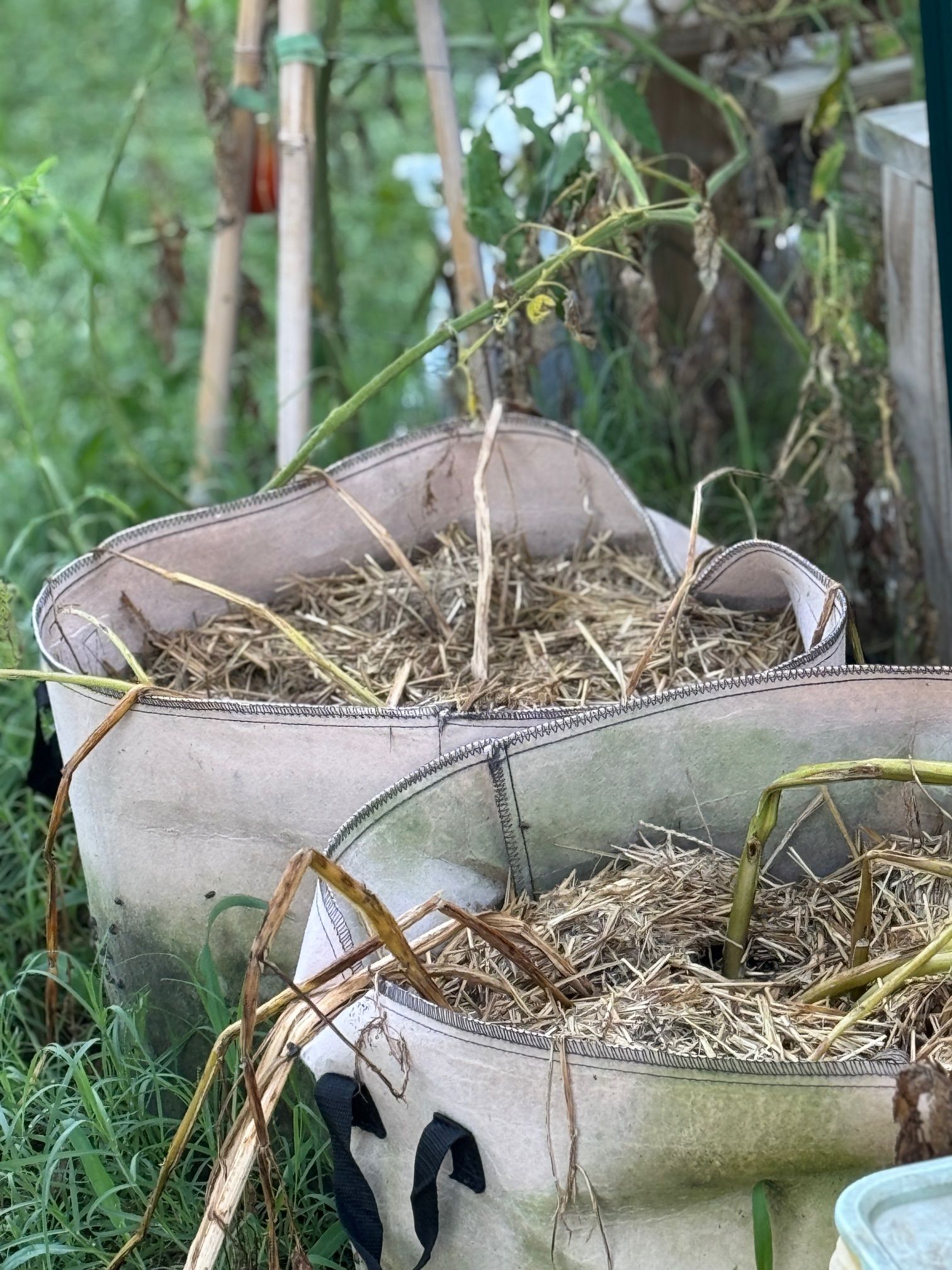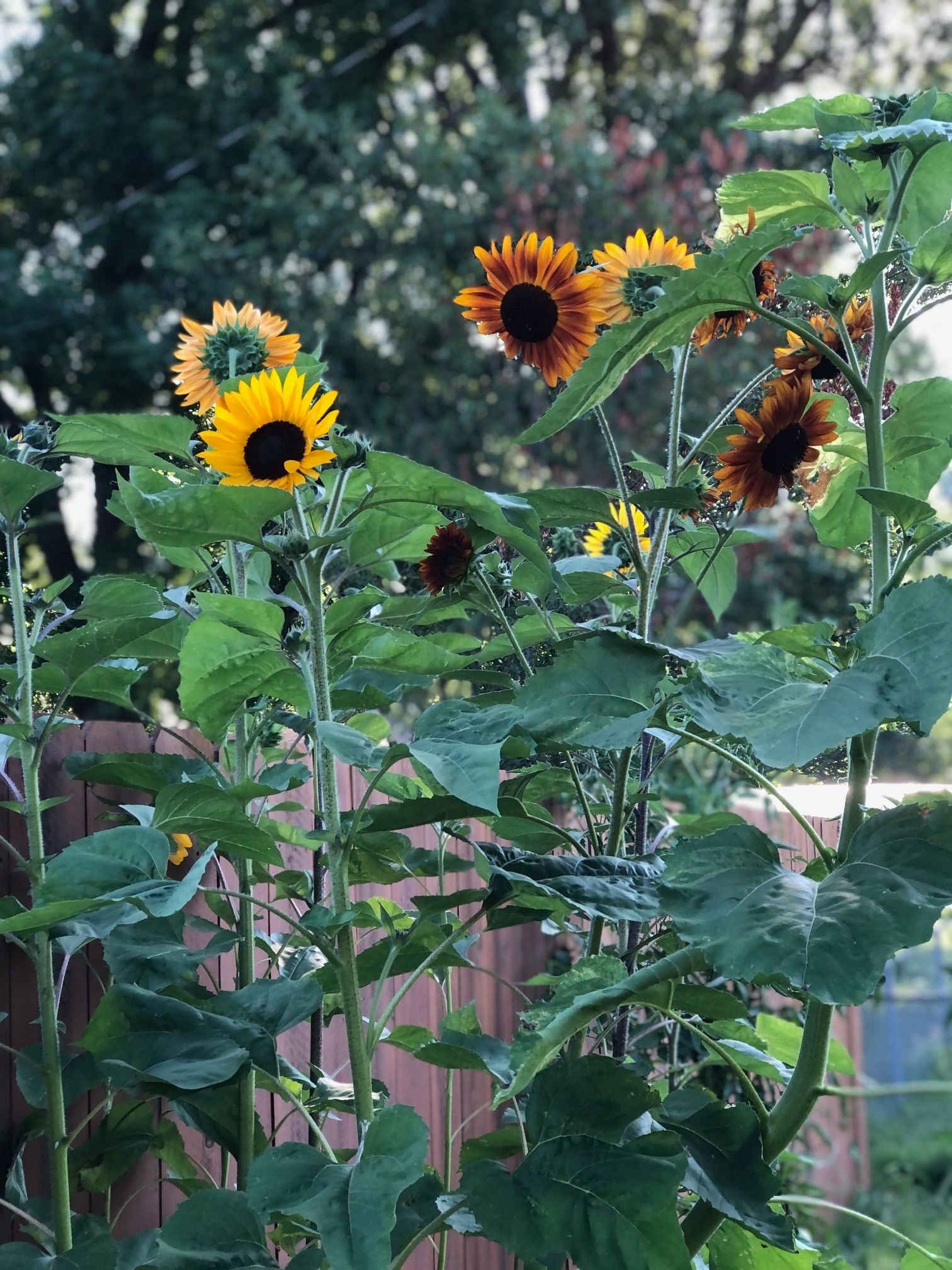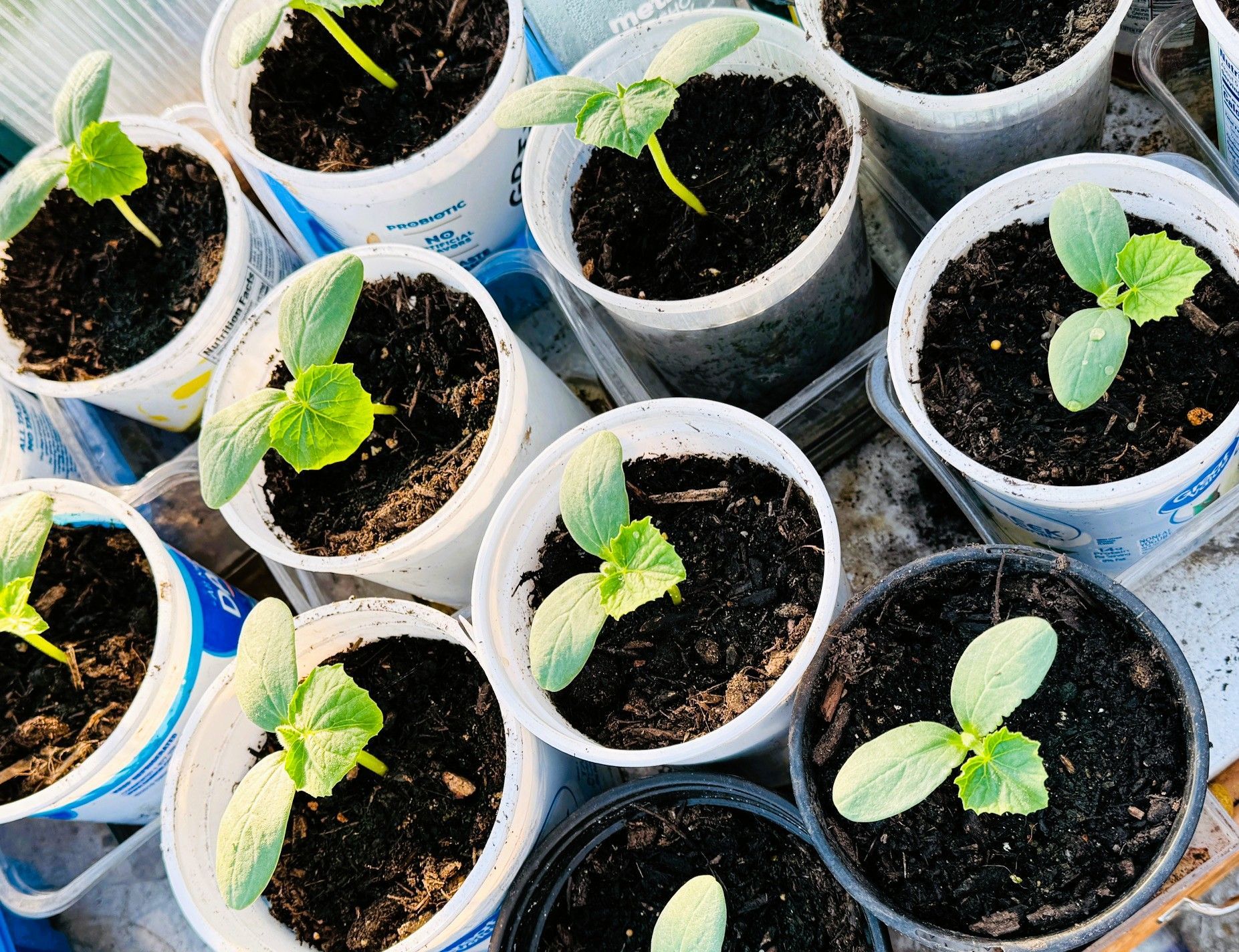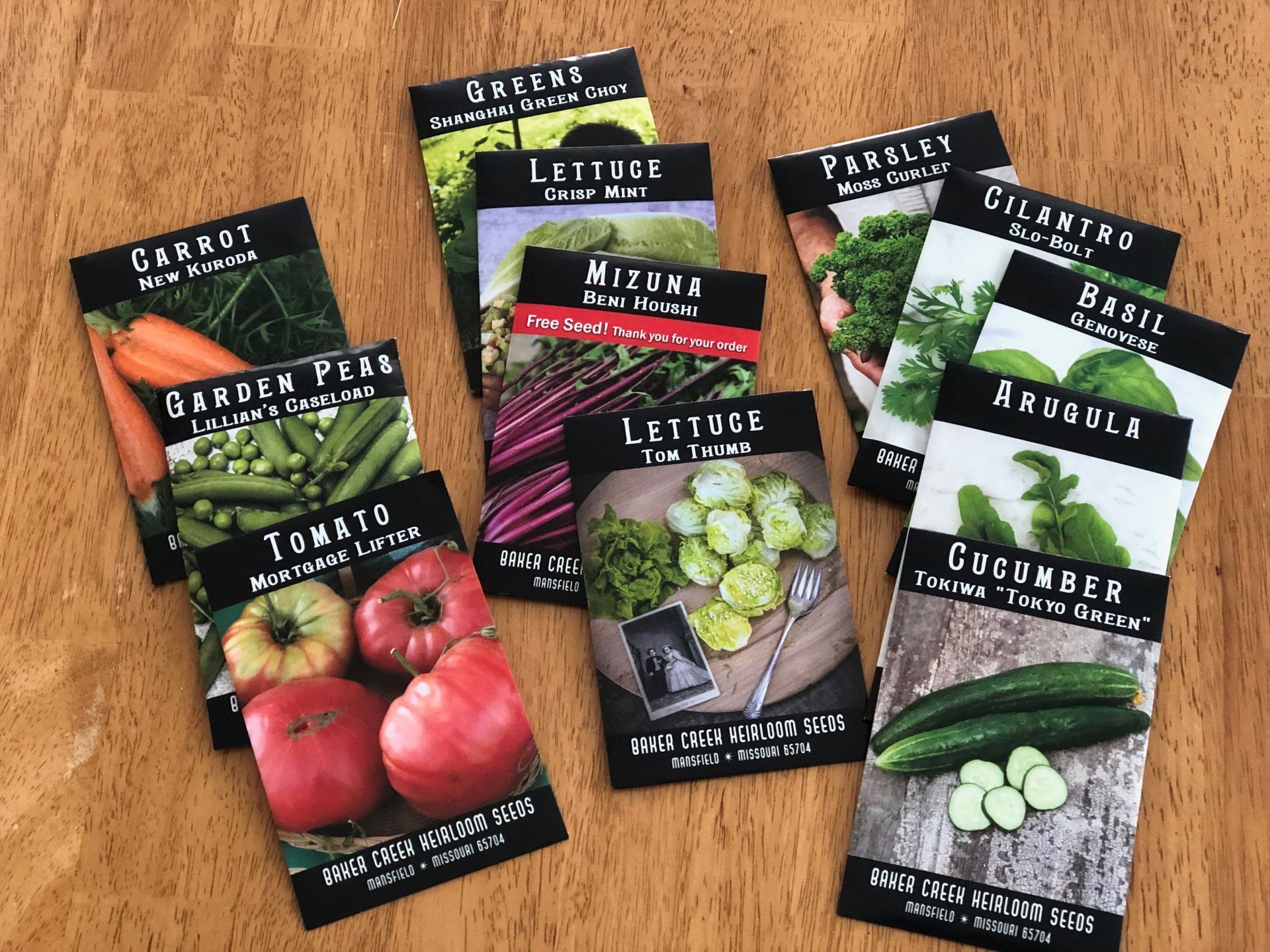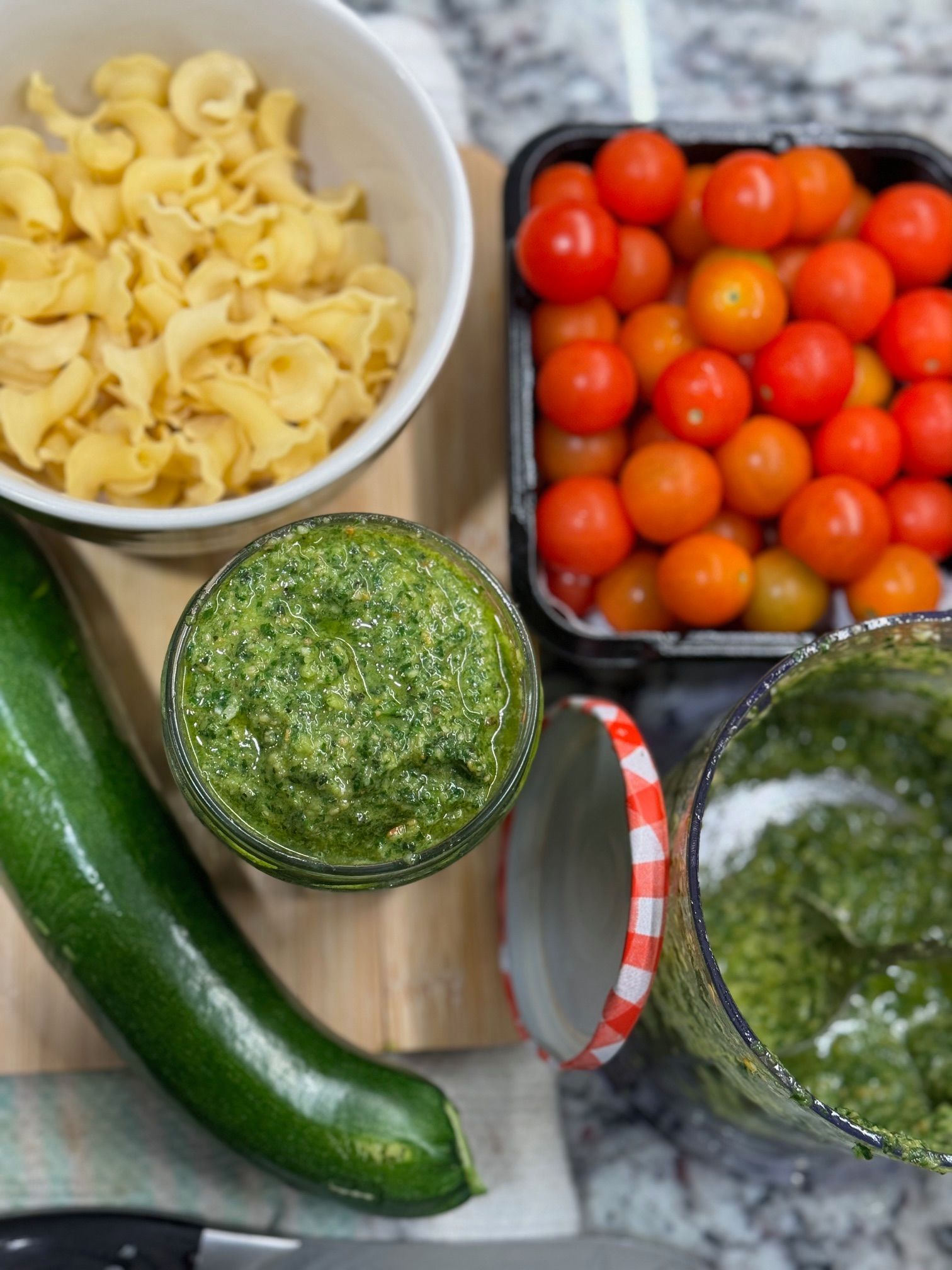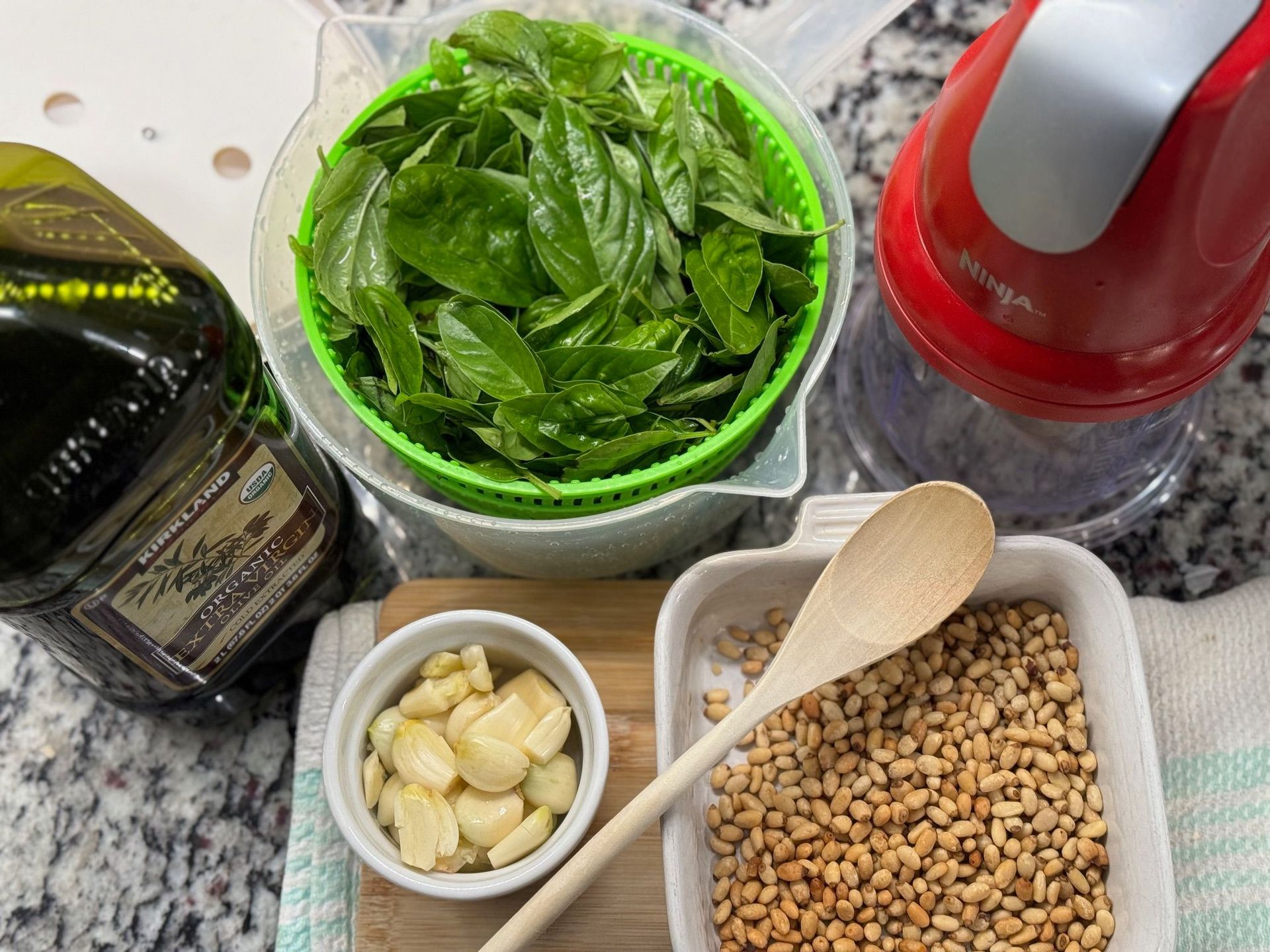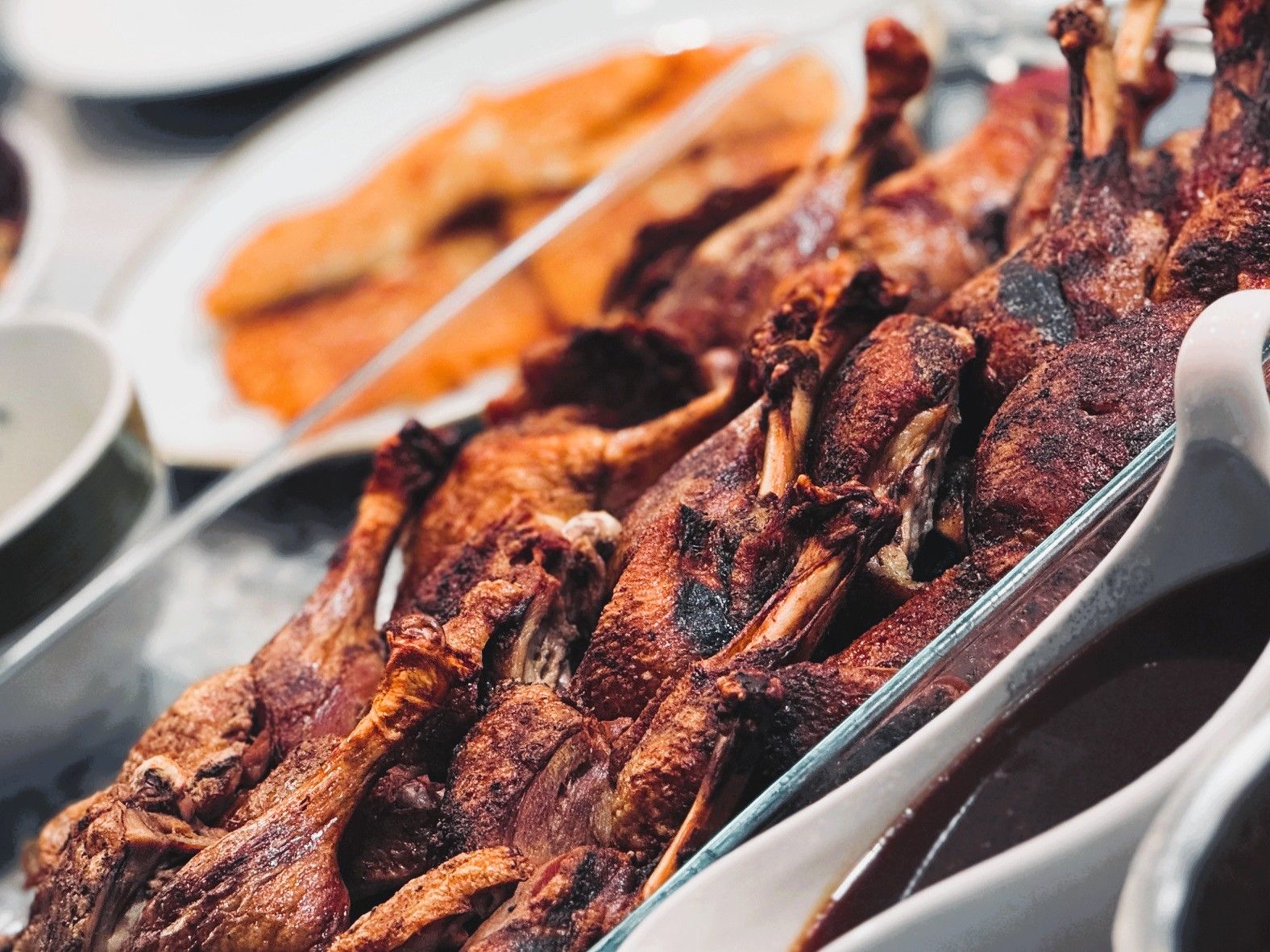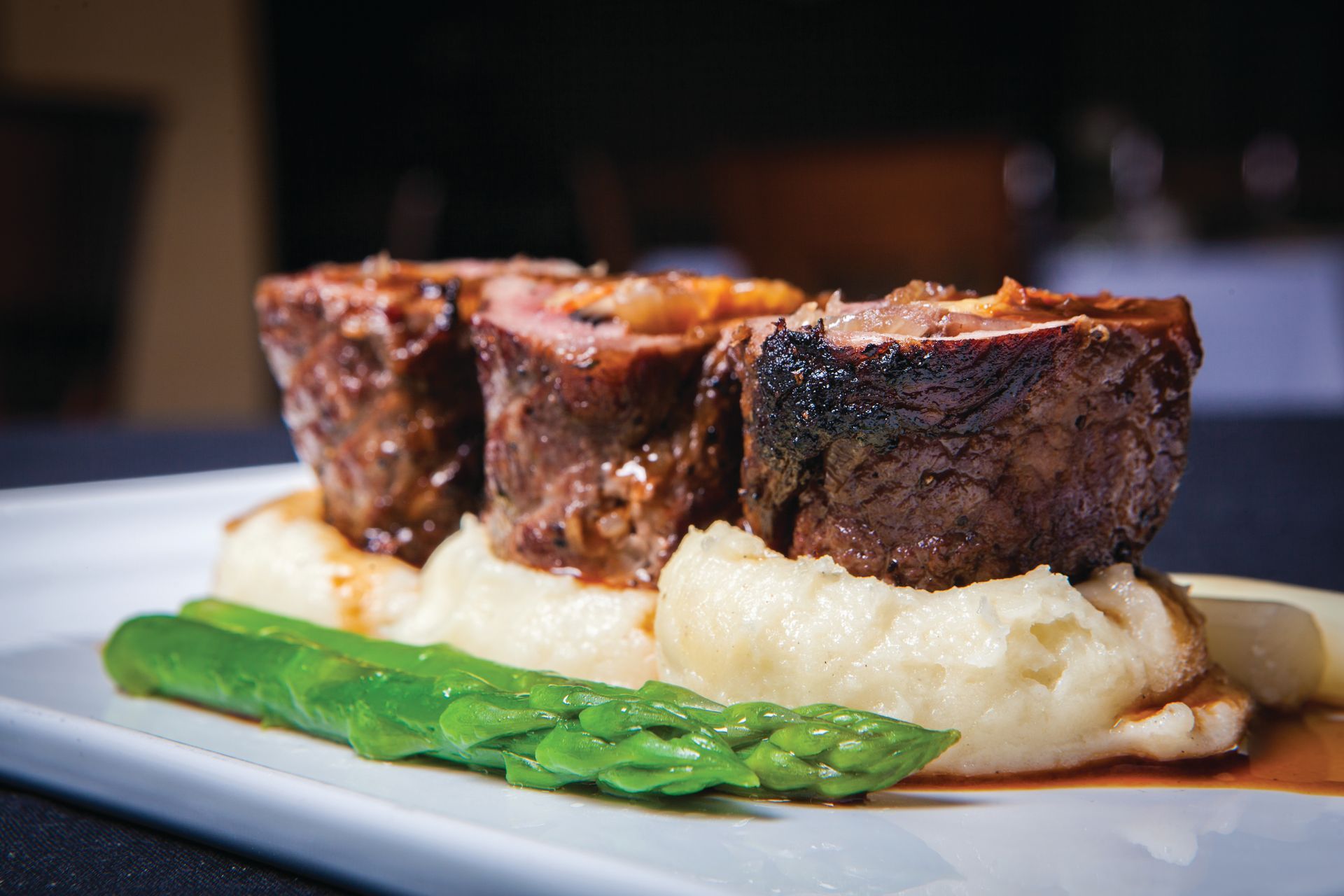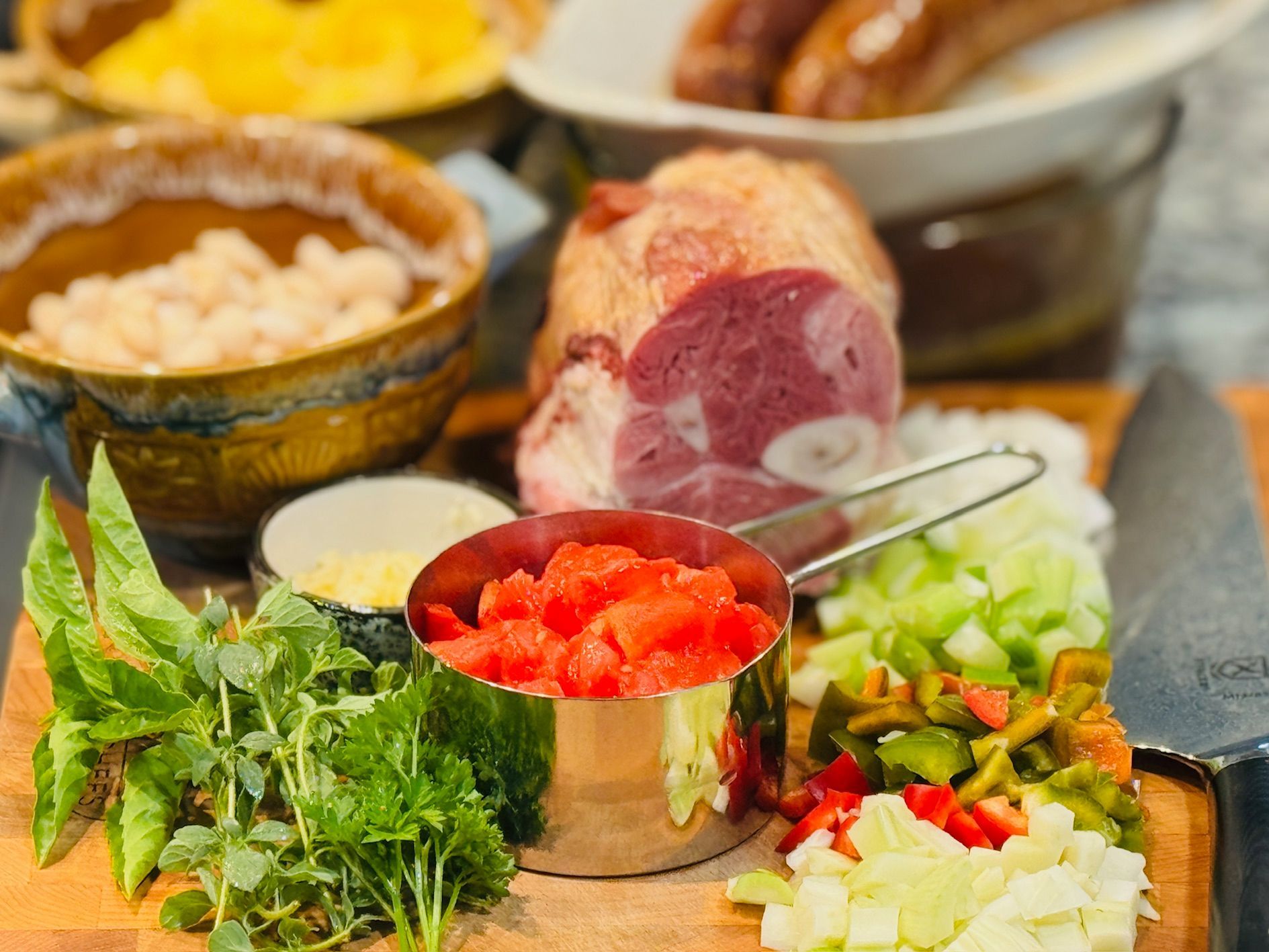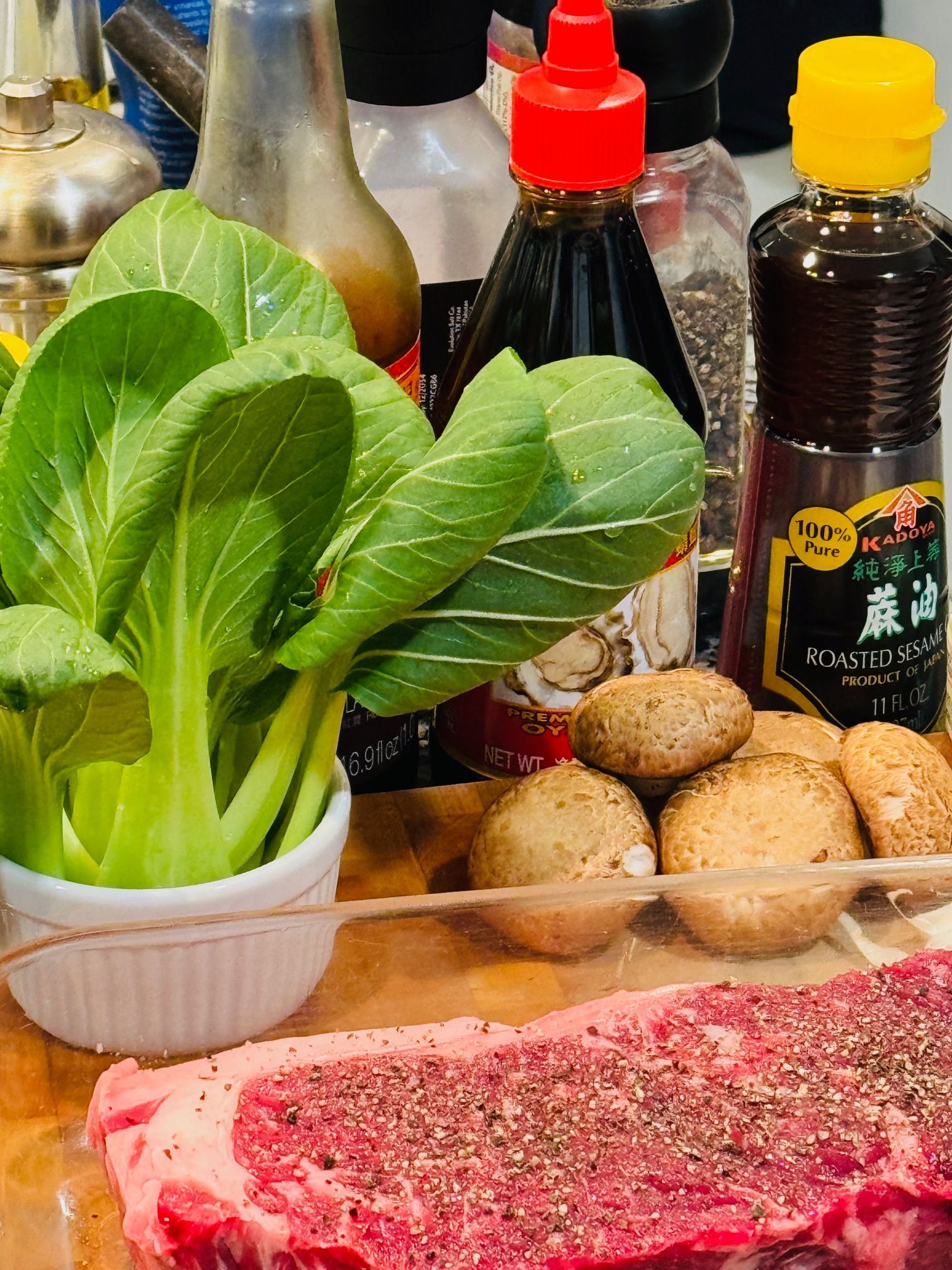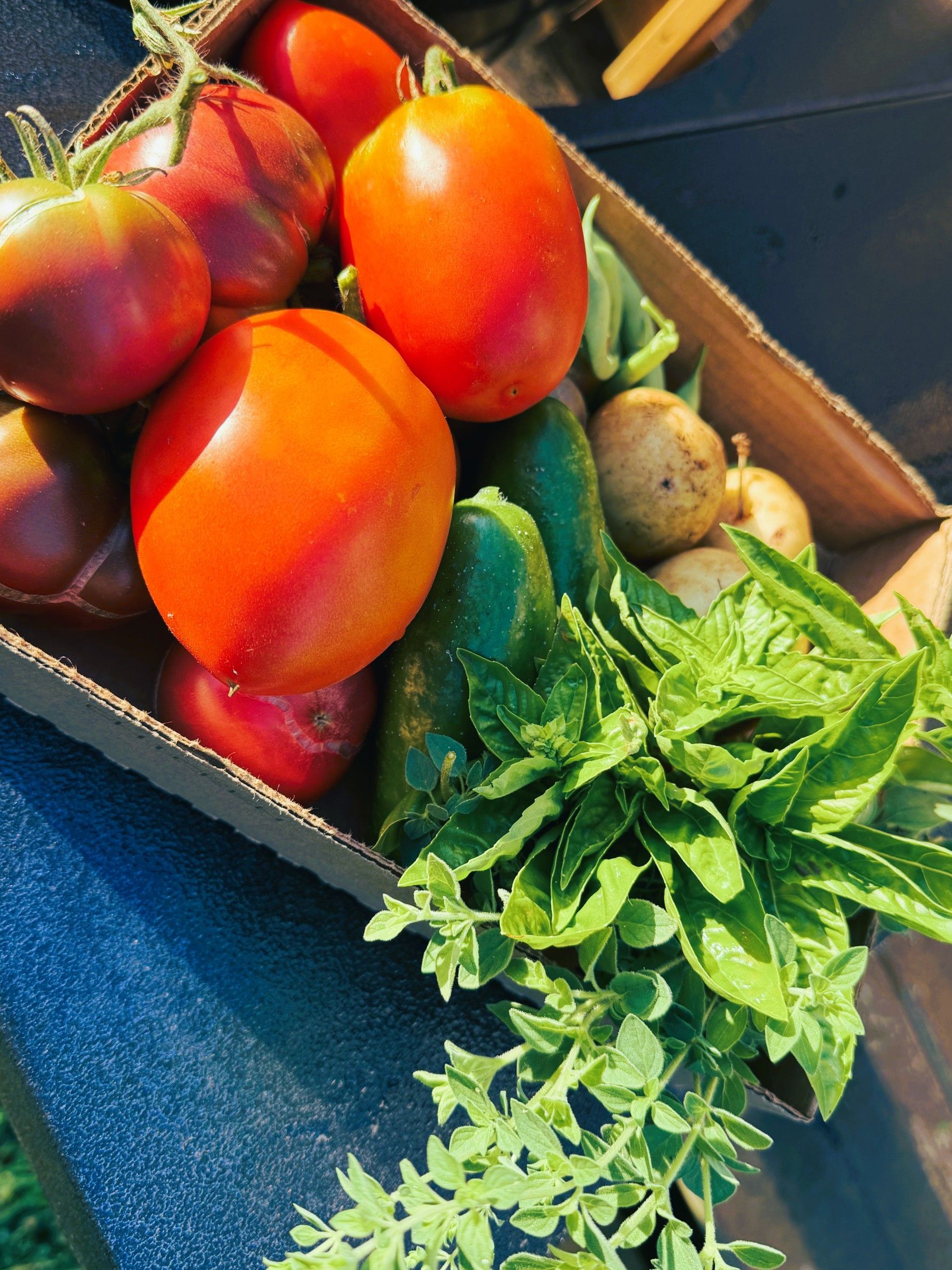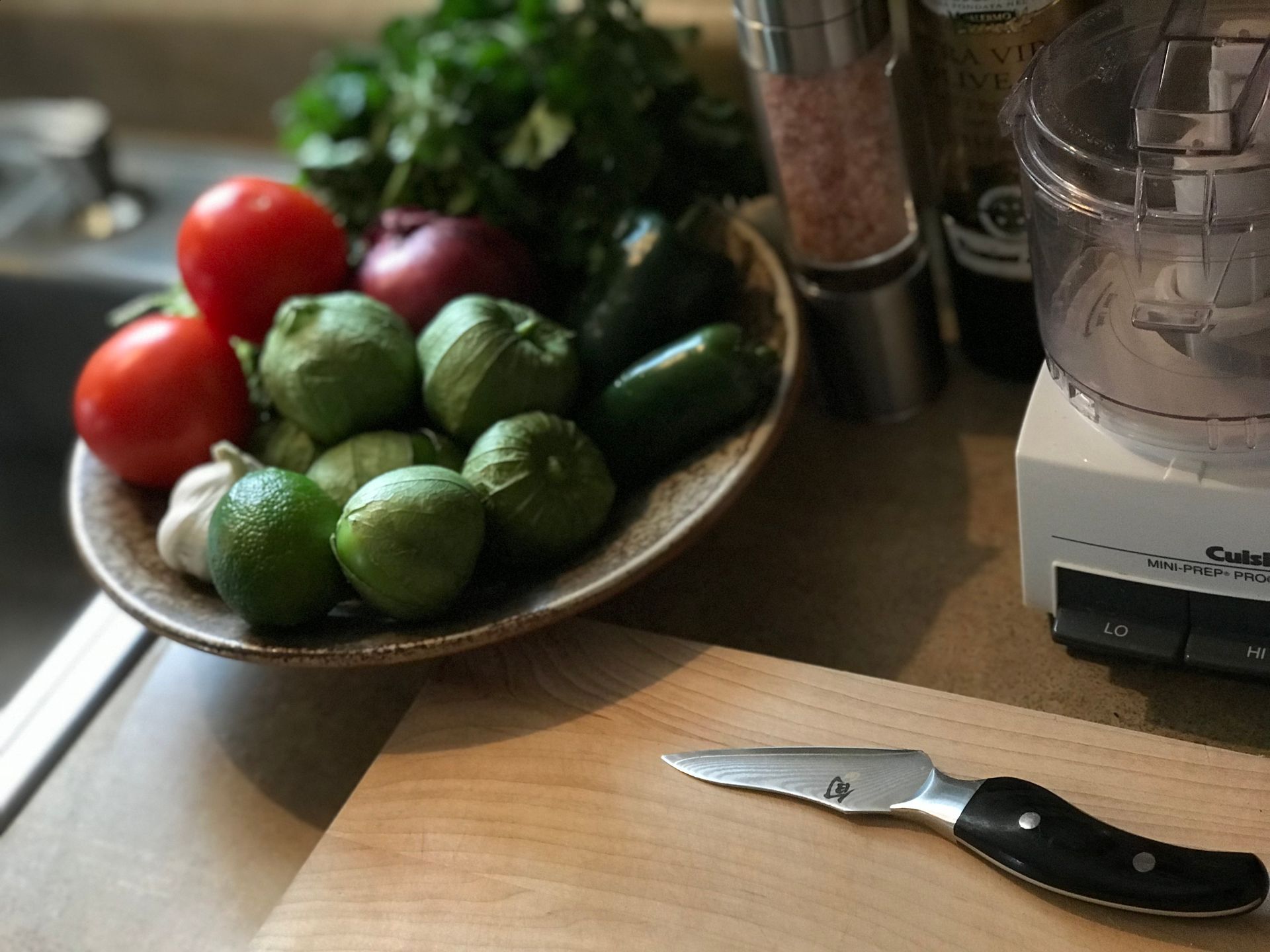1. Capture and use rainwater- Rainwater contains no chemicals like city water and is free. We use two rain barrels connected to our roof gutter down spouts. Make sure to cover with a screen to keep the mosquitoes out.
2. Make your own compost with a tumbler system- Another simple system that uses raked leaves and shredded paper in equal parts with kitchen scraps to make compost. This type of compost is one of the most nutritious for plants and also reduces the garbage that goes to the city landfill.
3. Recharge your potting soil- Potting soil can be expensive, it can be reused repeatedly by taking out of the pots at the end of the season and then mixing with 1/3 each compost and peat moss along with some granular fertilizer.

